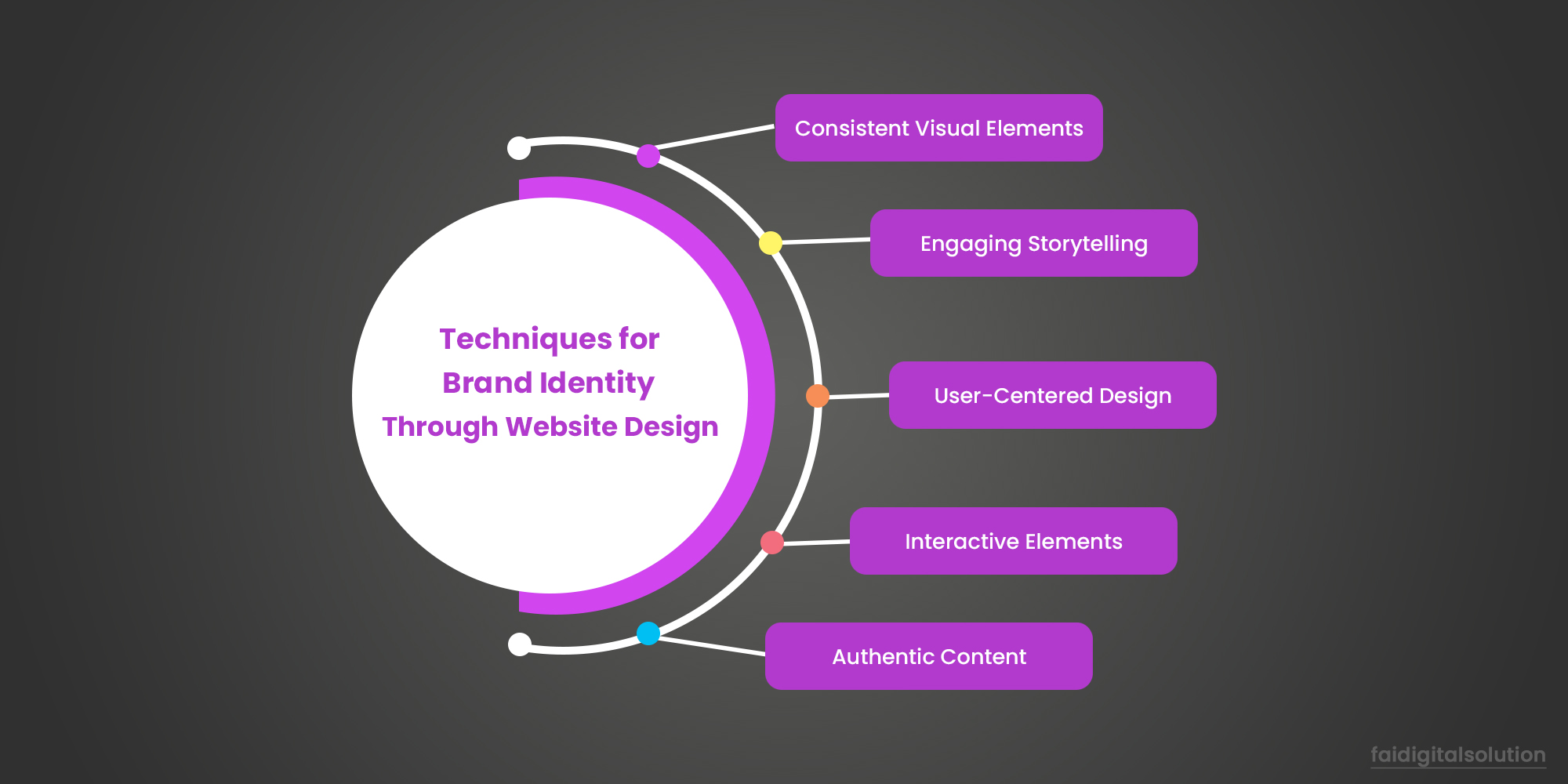
Introduction
In the digital age, creating a strong brand identity is paramount for businesses seeking to stand out in a competitive market. A well-designed website is not just an online brochure; it is a powerful tool to convey your brand’s values, personality, and promises to your audience. This article explores the importance of brand creation and discusses effective strategies for establishing a compelling brand identity through your website design.

Why Brand Creation is Important
Brand creation is crucial for several reasons:
1. Differentiation: In a saturated market, a unique brand identity helps distinguish your business from competitors.
2. Customer Trust and Loyalty: A strong brand fosters trust and loyalty among customers, encouraging repeat business and referrals.
3. Perceived Value: A well-established brand can command higher prices by creating a perception of quality and reliability.
4. Marketing Efficiency: Consistent branding makes your marketing efforts more efficient and effective, as your audience can easily recognize and connect with your messages.

Techniques for Creating a Strong Brand Identity Through Website Design
Here are five effective techniques for creating a strong brand identity through website design, along with their pros and cons.

1. Consistent Visual Elements
Pros:
- Recognition: Consistent use of colors, fonts, and logos makes your brand instantly recognizable.
- Professionalism: Uniformity in design elements reflects professionalism and attention to detail.
- User Experience: A consistent visual language enhances user experience by providing a cohesive look and feel.
Cons:
- Creativity Limitation: Overemphasis on consistency can stifle creativity and innovation.
- Rigidity: Adhering strictly to design guidelines may limit flexibility in adapting to new trends or feedback.

2. Engaging Storytelling
Pros:
- Emotional Connection: Storytelling creates an emotional bond with your audience, making your brand more relatable.
- Brand Personality: Stories help convey the unique personality and values of your brand.
- Memorability: Engaging narratives are more memorable than mere facts and figures.
Cons:
- Complexity: Crafting compelling stories requires time and skill.
- Relevance: Not all stories will resonate with every audience segment, requiring careful consideration of target demographics.

3. User-Centered Design
Pros:
- User Satisfaction: Focusing on user needs and preferences leads to higher satisfaction and engagement.
- Accessibility: Ensures that your website is usable by people with varying abilities, broadening your audience reach.
- Retention: A positive user experience encourages visitors to return and spend more time on your site.
Cons:
- Resource Intensive: Requires significant research, testing, and iteration.
- Complexity: Balancing user needs with business goals can be challenging.

4. Interactive Elements
Pros:
- Engagement: Interactive elements such as animations, quizzes, and interactive infographics keep users engaged.
- Feedback: Interactive features provide valuable feedback on user preferences and behaviors.
- Modern Appeal: Incorporating the latest web technologies gives your brand a modern and innovative appearance.
Cons:
- Performance: Heavy use of interactive elements can slow down your website, affecting user experience.
- Accessibility: Not all users may be able to engage with interactive features, especially those with disabilities or limited technical skills.

5. Authentic Content
Pros:
- Trust: Authentic and transparent content builds trust with your audience.
- SEO Benefits: High-quality, original content improves your website’s search engine ranking.
- Authority: Sharing expertise and insights positions your brand as an authority in your industry.
Cons:
- Time-Consuming: Producing high-quality content regularly requires time and effort.
- Consistency: Maintaining content authenticity consistently can be challenging as your business grows.

Future Trends in Website Design and Branding
As technology evolves, several emerging trends are set to influence website design and branding strategies:
1. Quantum Computing
Quantum computing promises to revolutionize data processing and security. For web design, this could mean faster load times, enhanced security features, and more complex data-driven personalization.
2. Artificial Intelligence (AI) and Machine Learning
AI and machine learning can enhance user experience through personalized content, chatbots, and predictive analytics. These technologies can help brands deliver more relevant and timely messages to their audiences.
3. Augmented Reality (AR) and Virtual Reality (VR)
AR and VR are becoming increasingly accessible and can provide immersive brand experiences. These technologies can be used for virtual showrooms, interactive product demos, and engaging storytelling.
4. Voice User Interface (VUI)
With the rise of smart speakers and voice assistants, optimizing your website for voice search and voice commands is becoming crucial. VUI can offer a more intuitive and hands-free interaction method, enhancing accessibility.
5. Blockchain Technology
Blockchain can enhance transparency and security in transactions, which can be a significant trust factor for e-commerce brands. It also enables new ways of digital ownership and provenance tracking, which can be leveraged in branding strategies.
Conclusion
Creating a strong brand identity through your website design is a multifaceted process that requires a blend of creativity, strategic thinking, and technical expertise. By leveraging consistent visual elements, engaging storytelling, user-centered design, interactive features, and authentic content, you can build a compelling online presence that resonates with your audience. Keeping an eye on emerging trends such as quantum computing, AI, AR/VR, VUI, and blockchain will ensure your brand remains relevant and competitive in the ever-evolving digital landscape.

0 Comments